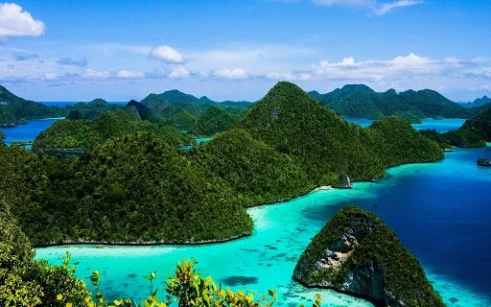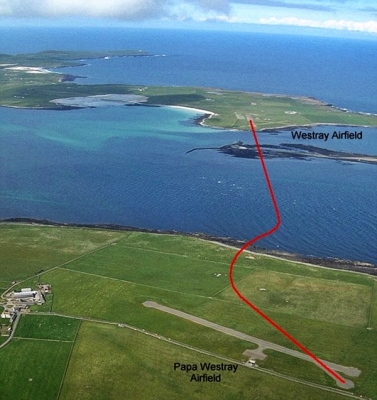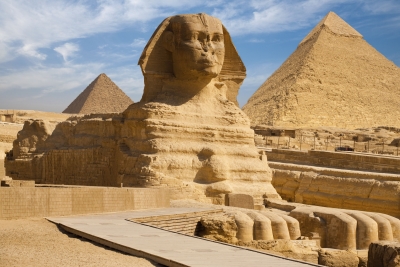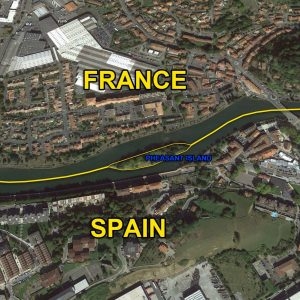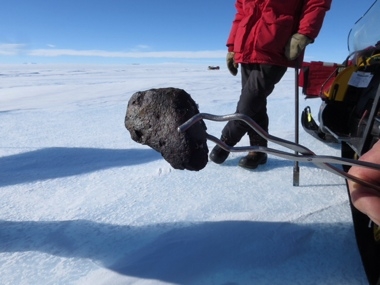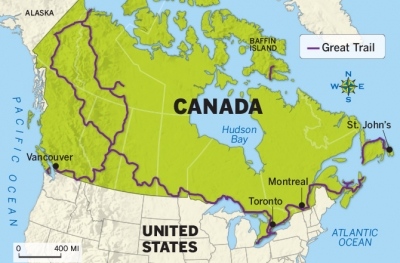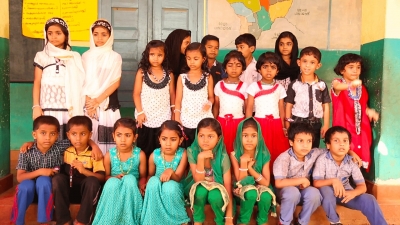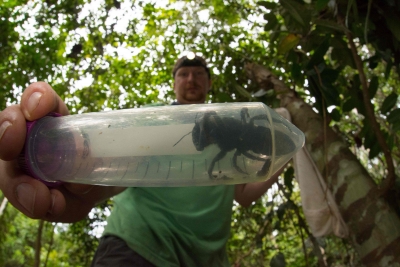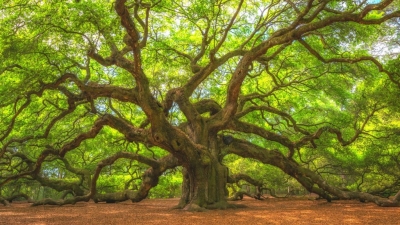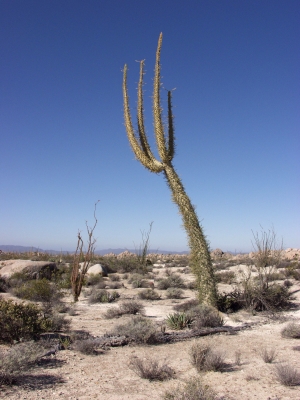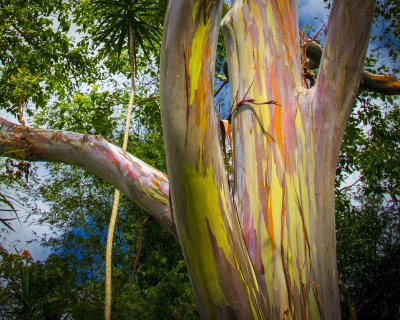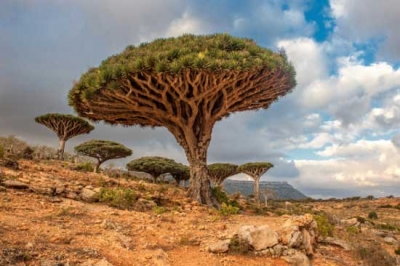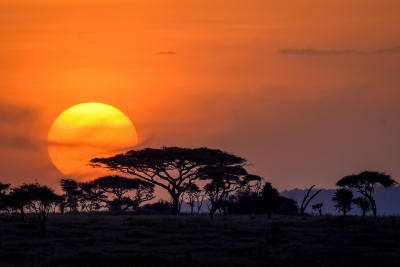Japan: Where tradition meets modernity
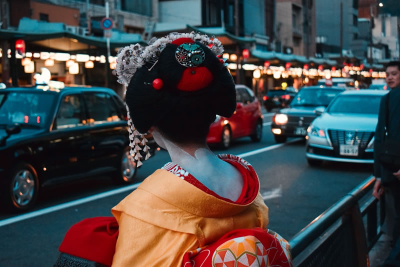
Sushi, ikebana, cherry blossoms, haiku, sumo and more... Japan is a rich showcase of heritage. But hold on, modern Japan reflects Western cultural influences too.
Ranu Joardar
Japan, a string of islands, has achieved remarkable success since the devastating Second World War. It is now the world's third-largest economy, a major aid donor, and plays a major role in the Asia-Pacific region. Let us know more about the country.
History
Though it remains unknown when humans first settled on the Japan archipelago, the excavations since the Second World War have unearthed a wide variety of Paleolithic tools. Japan's first emperor Jimmu Tenno came to power in 660 BC. Emperors continued to rule the country till the 12th Century AD when military rulers (shoguns) took over.
Europeans came to the country in 1543, introducing guns and Christianity. In 1635, shoguns banned the entry of foreigners, and citizens were not allowed to travel abroad. The isolation continued for 200 years until the shoguns were overthrown in 1868. This political revolution that brought an end to the military government was known as the Meiji Restoration. During the First World War, Japan fought alongside the U.S. After the bombing of the United States Navy fleet at Pearl Harbor in Hawaii by Japan on December 7, 1941, the U.S. joined the Second World War. From 1941-1945, Japan's military leaders fought against the U.S. and the Allied forces. In 1945, the U.S. army dropped atomic bombs on the Japanese cities of Hiroshima and Nagasaki, killing about 1,15,000 people. Japan surrendered a few days later.
Geography
Japan consists of a string of islands in a northeast-southwest arc that stretches for about 2,400 km in the western North Pacific Ocean. Though there are numerous small islands, the four main islands from north to south are - Hokkaido, Honshu, Shikoku, and Kyushu. Honshu is the largest island of the four. The national capital, Tokyo, in Honshu is one of the world's most populous cities.
The country's four-fifth portion of land is covered with mountains. It has about 200 volcanoes, 60 of which are active. Its highest peak is Mount Fuji, a dormant volcano since its last eruption in 1707. The mountain is part of the Fuji-Hakone-Izu National Park and is at the centre of a UNESCO World Heritage site designated in 2013.
The country is extremely prone to earthquakes as tectonic plates that form the Earth's crust meet nearby and they often move against each other. Every year, the country faces about 1,000 tremors, most of them minor. The major earthquakes in the country included the Tokyo-Yokohama in 1923 and Kobe in 1995. In 2011, the country witnessed a major earthquake that caused widespread damage on land and initiated a series of large tsunami waves. The tsunami caused the Fukushima nuclear accident, the second worst nuclear accident in the history of nuclear power generation. Some rivers flowing from the volcanic areas of northeastern Honshu are acidic and hence cannot be used for irrigation and other purposes.
Flora and fauna
Most of the original vegetation in Japan has been replaced by agriculture or foreign species. The Ryukyu and Bonin archipelagoes are covered by semitropical rainforest and have various kinds of mulberries, camphor, oaks, and ferns (including tree ferns). The cherry tree is one of the symbols of Japan.
According to the ancient Shinto religion, features like mountains and forests have their own spirits (souls).
The mammals in Japan are mostly found in the remote, heavily forested mountain regions. These animals include bears, wild boars, raccoon dogs (tanuki), foxes, deer (including sikas), antelope, hares, and weasels. The Japanese macaque or snow monkeys are important figures in myths and folktales. For instance, they are represented in the Buddhist adage "See no evil, hear no evil, speak no evil."
People
The Japanese are known as hardworking people. At a very early age, children are taught self-discipline, respect, and cooperation.
The Japanese language is similar to Korean, though the Vocabularies are different. According to some linguists, Japanese contains some elements of the Southeast Asian languages. Earlier, the Japanese had no written form. The Japanese language was enriched with the introduction of the Chinese writing system and Chinese literature around the 4th Century AD.
One of the well-known forms of Japanese poetry is Haiku, which first emerged in Japanese literature during the 17th Century. It is an unrhymed poetic form of 17 syllables.
The native religion of Japan, Shinto, coexists with various sects of Buddhism, Christianity, and some ancient shamanistic practices, as well as a number of new religions that emerged since the 19th Century. Though children usually do not receive formal religious training, many Japanese homes have a Buddhist altar where various rituals are held to commemorate deceased family members.
Modern Japanese culture is a mix of both East and West influences. It has familiar elements of the West and also powerful and distinctive traditional cultural aesthetic. Western art forms have been embraced by the Japanese. The Japanese are one of the most literate peoples in the world.
Japanese food mostly contains rice, fish, and vegetables. Their cuisine is often served raw or only lightly cooked but is famous for its subtle and delicate flavours. Their best known dish sushi is cooked vinegared rice served with a variety of vegetables, sashimi (raw seafood), and egg garnish, and formed into various shapes. Another popular part of Japanese food is green tea, which is cultivated on or near the slopes of Mount Fuji in Shizuoka prefecture.
Due to their healthy diet, the Japanese people live a very long life (longer than any other people in the world). In March this year, the world's oldest person Kane Tanaka passed away at the age of 119.
Japan has a rich tradition of arts such as tea ceremony, calligraphy, ikebana (flower arranging), gardening, architecture, painting, and sculpture. Their performing arts are distinguished by their mix of music, dance, and drama, rooted in different eras of the past.
Japan is home to over a dozen UNESCO World Heritage sites. Historic monuments like Kyoto and Nara (designated in 1993 and 1998 respectively) reflect the country's rich tradition. Meanwhile, the Atomic Bomb Dome at Hiroshima and the silver-mining area in Honshu are part of recent history.
Though several sports are played in Japan, its traditional sport is sumo (its origins date back to the 8th Century). Six major professional tournaments are held annually and they are avidly followed throughout the country.
Government
Japan is one of the world's most successful democracies and largest economies. Its constitution was formed in 1946 and came into force in 1947, which superseded the 1889 Meiji Constitution. Interestingly, Article 9 of the constitution states that Japan has renounced war forever as a sovereign right of the nation. This clause had been under much debate.
Though the country still has an emperor, he is only the symbol of the state and of the unity of the people. His major role includes appointing the Prime Minister (who is first designated by the Diet, the national legislature) and appointing the chief justice of the Supreme Court.
In 2019, the father of current emperor Naruhito, Emperor Akihito, became the country's first monarch to step down from the Chrysanthemum Throne in two centuries.
Picture Credit : Google
